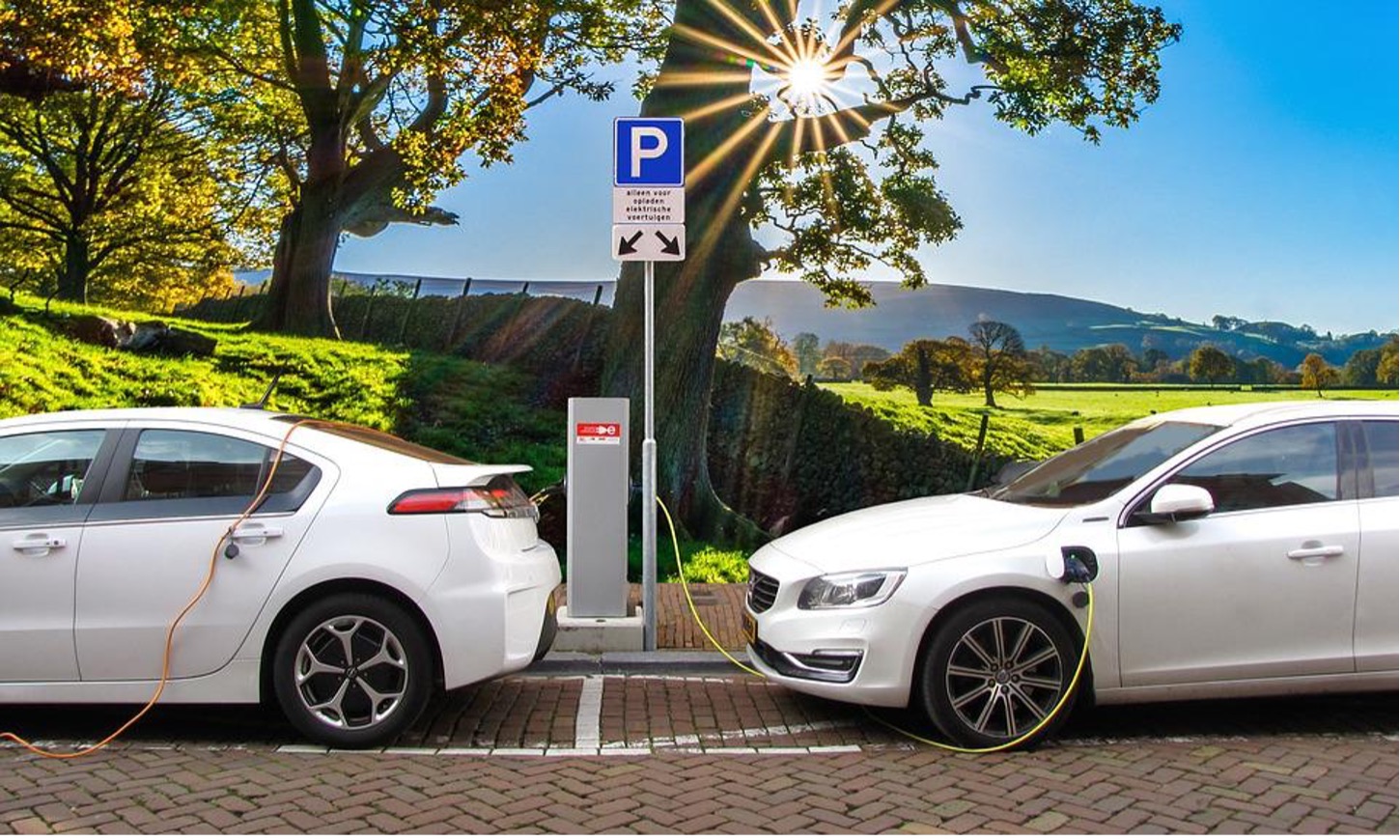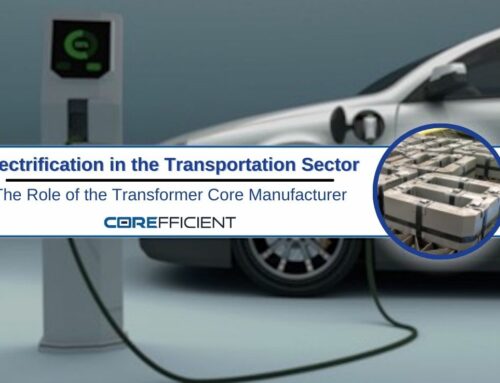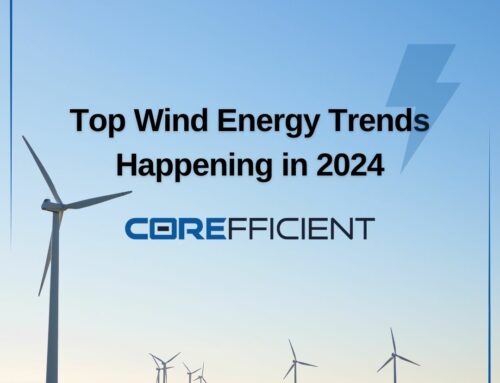
As an approach to combat climate change, electricity in the transportation sector is on the rise. We have just scratched the surface of knowing all the effects of climate change worldwide. If we do not take urgent action, it is tough to envision the future for the next generation.
“The world must come together to confront climate change. There is little scientific dispute that if we do nothing, we will face more drought, famine, and mass displacement that will fuel more conflict for decades.” — Barack Obama
Clean/Green/Renewable Energy towards Sustainability
What is the difference?
Clean energy
Electricity that does not make any greenhouse gasses or has zero emissions during its production, yet it is not always inexhaustible.
Renewable energy
Electricity created from natural sources that either fill up themselves over quick spans or never run out at all.
Green energy
Subcategory of renewable energy and depicts generation sources with a minuscule environmental footprint – such as sunlight, wind, heat, and water.
While there are slight distinctions between these terms, they each represent the future of our energy supply. As we rev toward a carbon-free Earth, we will require a combination of different clean, green, and renewable energy sources. This stands true for electricity in the transportation sector.
How do we help make the world a better place?
Producing zero-emission societies will require a mixture of green energy solutions with a positive environmental effect. By reducing our consumption, using cleaner forms of energy, and re-evaluating how we live, work, and move – we can create a very sustainable future.
These efforts help lessen air pollution from carbon emissions that can cause severe health conditions like asthma and other effects of climate change that disproportionately affect Black, Hispanic, Indigenous, and low-income Americans.
The Future is Electricity in the Transportation Sector
Many consider electricity as widely appealing key to lessening the oil dependency and environmental effect of road transportation. Many countries have been launching increasingly strict and progressive targets supporting transport electrification, or electricity in the transportation sector.
Electric Vehicles
Communities are proposing a change to electricity for road transport. As a means to a significant way to reduce direct CO2 emissions, electric vehicles could alleviate the imbalance between the supply and demand of oil. Low-carbon vehicles powered by electricity present an option to traditional fossil-fuel technologies. Believing electric vehicles (EVs) are a promising technology and an appealing solution for low-carbon transport, several governments have established objectives and timelines for the phase-out of diesel and gasoline engines by 2050.
Fair access to emission-free transportation is necessary. It is how we will allay the climate crisis, accelerate the clean energy shift, and contribute to social equity. Plus, vehicles powered by clean electricity can help us advance in curbing carbon pollution to handle climate change.
The transition to EVs delivers significant economic, environmental, and public health benefits. The faster the change happens, the quicker our communities can experience and acknowledge those benefits.
Governments’ influence in transportation electrification
Governments are continuously rectifying the essential energy efficiency standards for transformer core engineering. From the federal to local levels, they can take their energy production into the future by using the power of the sun, water, and wind. This incredible renewable energy revolution has started to take place only through a combination of public sentiment, the physics of economics, and the fast, ever-growing nature of technology.

The Charging Market
The electric vehicle charging market is anticipated to grow with a compound annual growth rate of 23% between 2021 to 2030. This expansion will be pushed by the increased rate of public perception of electric vehicles. The government executing plans and incentives for charging infrastructure will aid in the expansion. Coupled with a decline in the price of chargers as the technology matures, the EV market is bound to grow.
According to the CWIEME Berlin market report, the growth in charging infrastructure must accompany the flourishing electric vehicle fleet. AC chargers will remain the prevailing type based on volume comparison in the private EV charging market, but DC charging is expected to rise exponentially.
Charger Technologies
Several chargers are being designed to revolutionize the world of fast charging by lessening wait times for drivers during travel. While government incentives and policies are promoting the adoption of EVs, these technological developments in the future will further help the shift away from fossil fuel-based cars by handling drivers’ concerns about slow charging, wait times, charger availability, and its effect on travel.
Governments incentivize electric vehicle acquisitions and finance charging infrastructure to ease range anxiety. It also enhances the refueling experience, which is presently the two roadblocks to widescale EV adoption. However, it is crucial to note that charging infrastructures will draw electricity from the power grid, raising the peak load and affecting the grid equipment. Thus, spending a share of the investment on the power grid is vital.
As more electric vehicles penetrate the market, the charging infrastructure will impact the grid and the need for transformers. Power grids will need to be developed and upgraded for the energy transition underway. It will push the demand for transformers in the forthcoming years. Apart from the quantitative effect, we can anticipate seeing technological improvements like the digitalization of transformers. It is essential to produce a digital power grid that can handle the introduction of decentralized energy sources and the dynamic charging load.
Value to the Core!
When your transport standards are on the line, the demand for high efficiency transformer cores boarded within these charging stations will be significant. Corefficient is the vanguard of transformer core technology, and we are prepared to help bring safe and efficient electric car chargers to the masses.
Developed to decrease the environmental impact of North American energy use, our transformer cores help generate billions of dollars of monetary benefits. We also aim to leave a green legacy with every state-of-the-art core that rolls off the line, ready to economize every watt of renewable energy produced in the future.
About Corefficient
Since 2016, Corefficient has strived to evolve and provide high-performance electrical transformer cores with incomparable customer service. We deliver enhanced core efficiency based on material preference, geometries, and manufacturing methodologies.
Our modern, ISO-9001-certified facility in Monterrey, Mexico, has a team of skilled specialists who work steadily to bring you the most exemplary assistance in North America and beyond. Check out our transformer core services!
Contact Corefficient’s sales engineer today at 1 (704) 236-2510.





